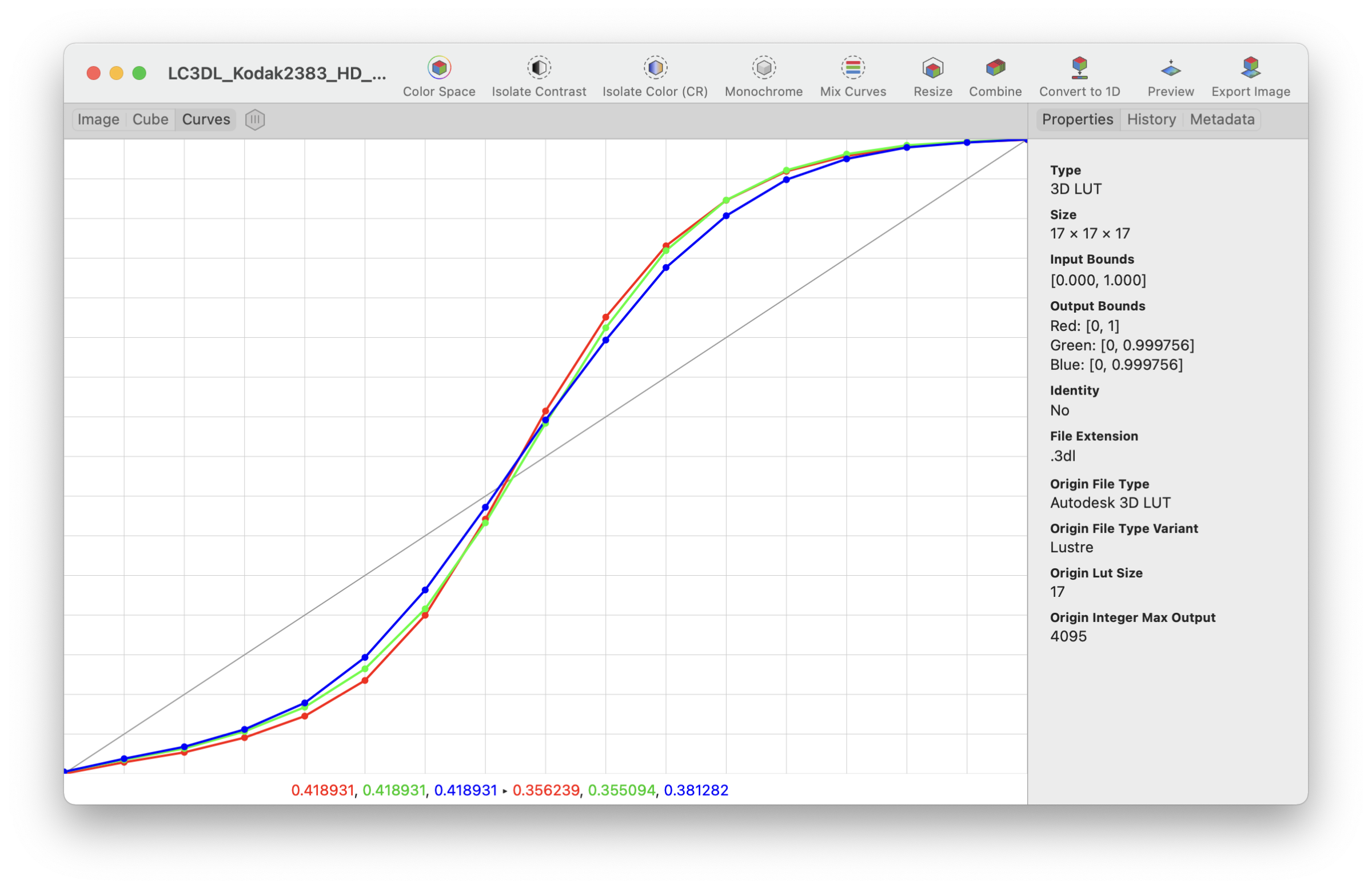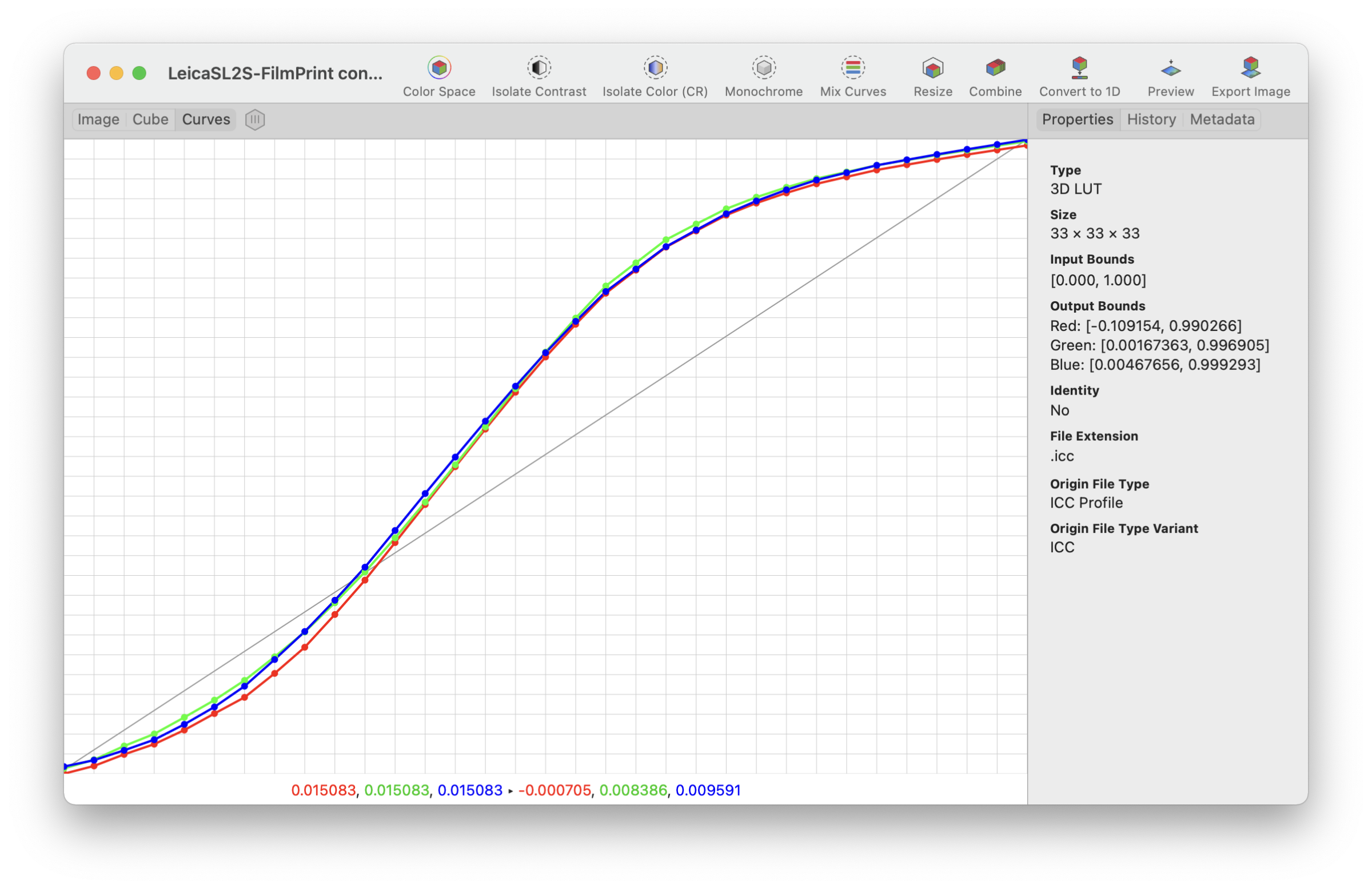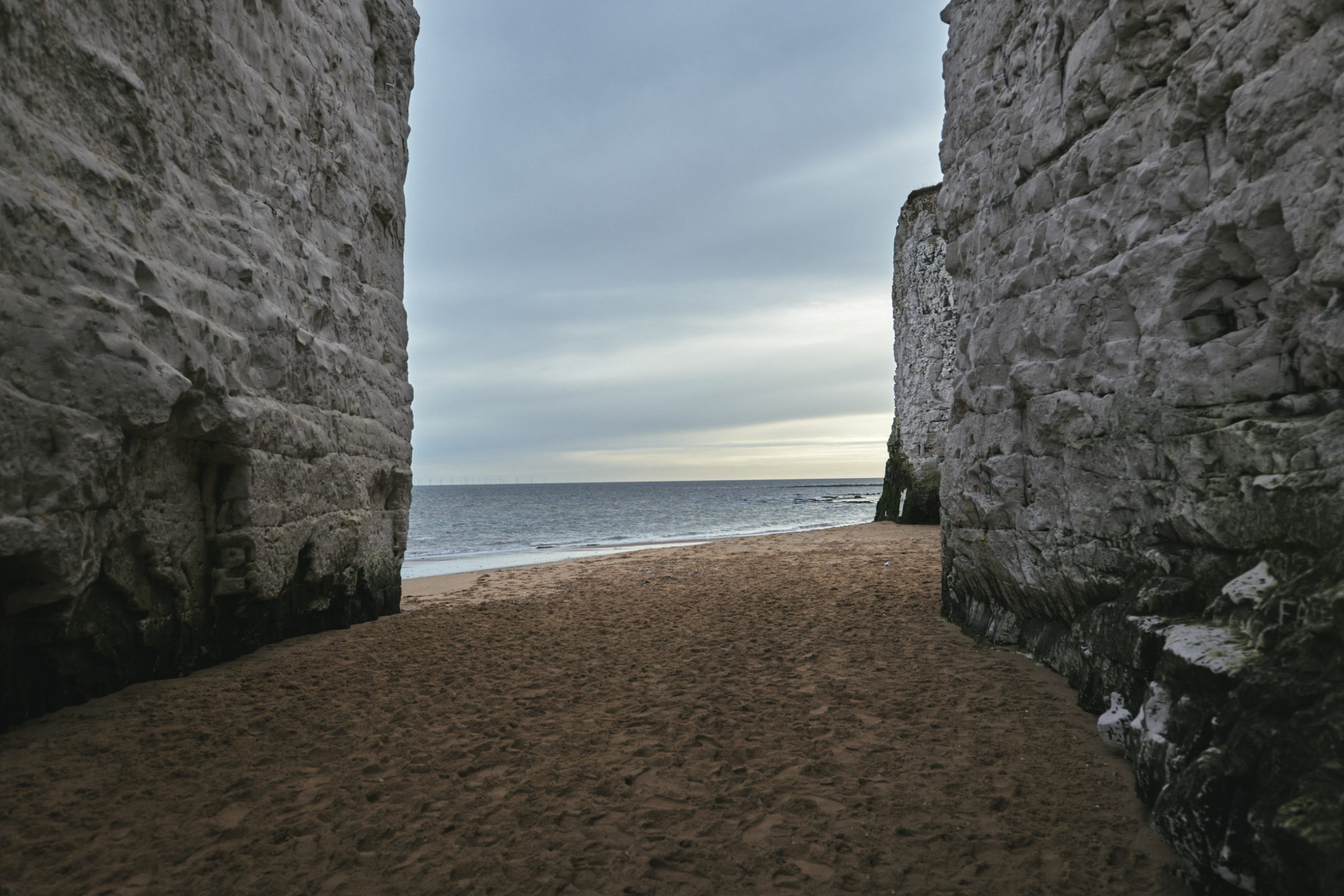Botany Beach Winter 2022, Ramsgate, UK
In the last year, I exposed with my Leica SL2-S over 10k images. Most of them got culled, but some ended up in Capture One for grading and finalising to ship to clients or family & friends. I don’t use camera JPEGs but don’t like to spend much time grading the camera’s DNG either. A long session on one image leads mostly to over-sexed grades and a perceived loss of authenticity when revising the results later.
In the past, I’ve created so-called Profiles in Capture One that work as presets to avoid that (there’s a huge market to sell those Profiles to grading-tired folks). But even those don’t cut it because, as a profile, they are, in the end, only a saved set-up of tons of settings. As such, they naturally leave room to change everything, and the tinkering goes on forever. So what to do?
Back in the day, when I shot most of my work on 35mm (in my case, motion picture film), I was restricted to the particular gamma curve of that film stock and, of course, the respective colour rendition. There was room for manipulation but only in the constraints that come with the medium. Today’s digital cameras left all that burden behind. They have fabulous DR and whatnot. Still, pictures are not better in an artistic sense today. Indeed, there is a potential for a whole book to discuss that exhaustively. I’m sure many feel differently (choices are great, they say), but this is a significant issue for me.
In short, I want convincing restraints that give a limiting foundation to develop pictures quickly that will outlast time. And, I like Leica’s approach to colour, which in itself is a welcome constraint (that’s one reason why I gave up on Fuji – too many choices, none will do it).
ICC profiles are camera profiles that work like LUTs, applied in the chain before the grading process, kind of a specific camera’s colour translator like the Adobe default setting in Lightroom besides the manufacturers’ settings, or in Capture One the Standard colour interpretation.
Because print film gamma curves always gave me that punch and the skin tones I like so much, I thought of creating my very own ICC profile for Capture One. That, of course, includes that said film gamma curve, somewhat limiting the power of raw. But I wanted constraints. That is what I did:
From my film postproduction world, I took a print film (Kodak 2383) conversion LUT in Rec709 colour space. Rec 709 is essentially sRGB with a steeper gamma curve. I converted that LUT to AdobeRGB. AdobeRGB is a broader colour space and the preferred colour space in stills land with a similar gamma curve. I then stripped the colour information. That way, Leica’s colour interpretation isn’t mixed up with the film stocks colour interpretation and retained.

I applied to that LUT Capture One’s calibrated SL2-S ICC LUT, located in the application’s guts.
The result is an ICC camera profile that mimics the gamma curve of a print film, working nicely with C1’s Linear Curve and stills remains to be a Leica profile in terms of colour – but with that delicious film flavour of cooler shadows and warmer highlights and whites.

If you are interested, you can download my Leica ICC here.
You will have to bring down the exposure and raise the shadows in most cases.
And this is the respective how-to from C1 for installing the ICC files in the apps guts.
Below are two images of the same DNG and same colour temperature. The first image is made with my film ICC. I raised Shadows to 70, which is my setting for ALL photos I shoot. I never change that.
The second image uses the C1 the SL2-S StandardPro ICC colour interpretation with Film High Contrast, same adjusted Exposure. The SL2-S dynamic range is much too high to justify the term Film High Contrast. But adding more contrast doesn’t make me happy. The picture gets too dark, too saturated and the tinkering begins.
The image has been shot with Leica’s very sharp and modern 24-90 SL zoom at 90mm and f 4.0. With a vintage lens, the mood would be quite different.
If you are interested in exploring LUTs and ICCs, try Lattice. But I warn you, it’s an unforeseen, very deep rabbit hole.



